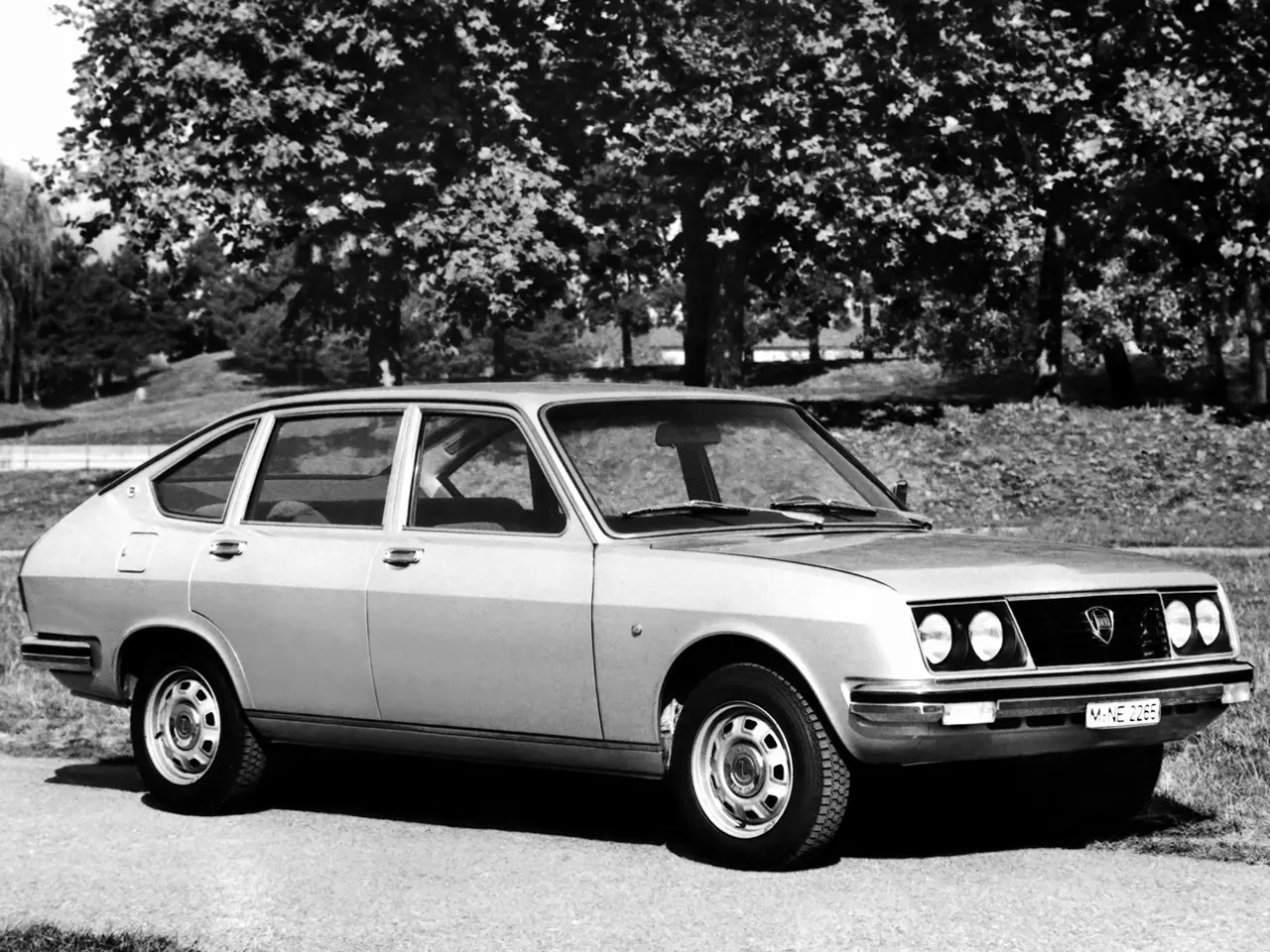THE LANCIA BETA AT 50
06 July 2022
In October 1972, Lancia introduced a new model that caused a great deal of controversy among devotees of the marque. For one, Fiat had acquired Lancia in 1969, with the parent company supplying the 1.4-litre, 1.6-litre, and 1.8-litre twin-cam engines for the Beta, while Citroën developed the five-speed transmission. There was also all-independent suspension and – a ‘first’ for Lancia – rack & pinion steering. On paper, it seemed a logical means of rivalling the Alfa Romeo Alfetta, which also debuted in 1972, as well as replacing the Fulvia saloon. Still, Lancia aficionados muttered that it represented the end of civilisation. And this was highly unfair to a very entertaining car.
The Beta did not appear at the 1972 London Motor Show, but UK sales commenced in 1973. At that time, a FWD transverse engine ‘foreign car’ with four quartz-iodine headlamps and an adjustable steering column was definitely an exotic sight on the A27, particularly one bearing the famous shield badge. The 1400 cost £1,594.45, the 1600 £1,798.22 and the flagship 1800 at £1,988.88 – by comparison, BL priced the Dolomite Sprint at £1,869. When Autocar evaluated the flagship version, they concluded, “the Beta deserves praise for its spaciousness, comfort and the quality of its finish. It is also commendable to drive, although not everyone will like its handling characteristics. Overall, however, the Beta represents excellent value for money”. Car was even more impressed with the 1400, finding it to be “Conceived and built with a care that is all too rare in modern motoring, the Beta has a real feel of integrity and totality”.

Lancia offered a Coupe in 1973 and, in 1975, a Spider convertible and an HPE – ‘High Performance Estate’. As for the Berlina, there was a new entry-level 1300 in 1974, with the 2000 succeeding the 1800 in the following year. 1975 also saw the launch of the Series 2 with a new rear window angle, and by 1976, the Beta was the marque’s best-selling car, but as the decades progressed, the name increasingly became associated with corrosion. The ‘Lancia Rust Scandal’ has been well documented elsewhere, as early models were prone to tinworm of the suspension sub-frame mount, rusting gearbox and engine subframes, cheap USSR sourced steel, and issues at the factory. This 1980 ITN bulletin encapsulates the problems for Lancia’s British concessionaire and serves as a reminder of how ‘1950s’ newsreaders sounded then https://www.youtube.com/watch?v=CjgHSqdY5nQ. However, as Gary Axon wrote in his Goodwood blog :
Show me a 1977 Rover SD1, Renault 30, Audi 100 or Toyota Crown that hasn’t suffered corrosion! The key difference between Lancia and the other contemporary car brands at the time was that the British Lancia importer at the time handled the whole Beta rust ‘scandal’ so badly, not helped by Esther Rantzen’s 1980 crusade on BBC1’s That’s Life. Overnight, Lancia’s fine reputation (remember that in the late 1970s Lancia outsold key rivals in the UK such as BMW, Audi and Saab) was destroyed, with residual values plummeting and fields full of unsold (and unsaleable) cars.
The final examples of the Series 2 featured a quite remarkable fascia that a few philistines dared to compare with various forms of Swiss cheese. Berlina production ended in 1981, while its ‘three-box’ successor, the Trevi, lasted until 1984. Today, any Beta should be celebrated as a saloon in the Lancia tradition – a car not devoid of a few issues but always worth knowing.
